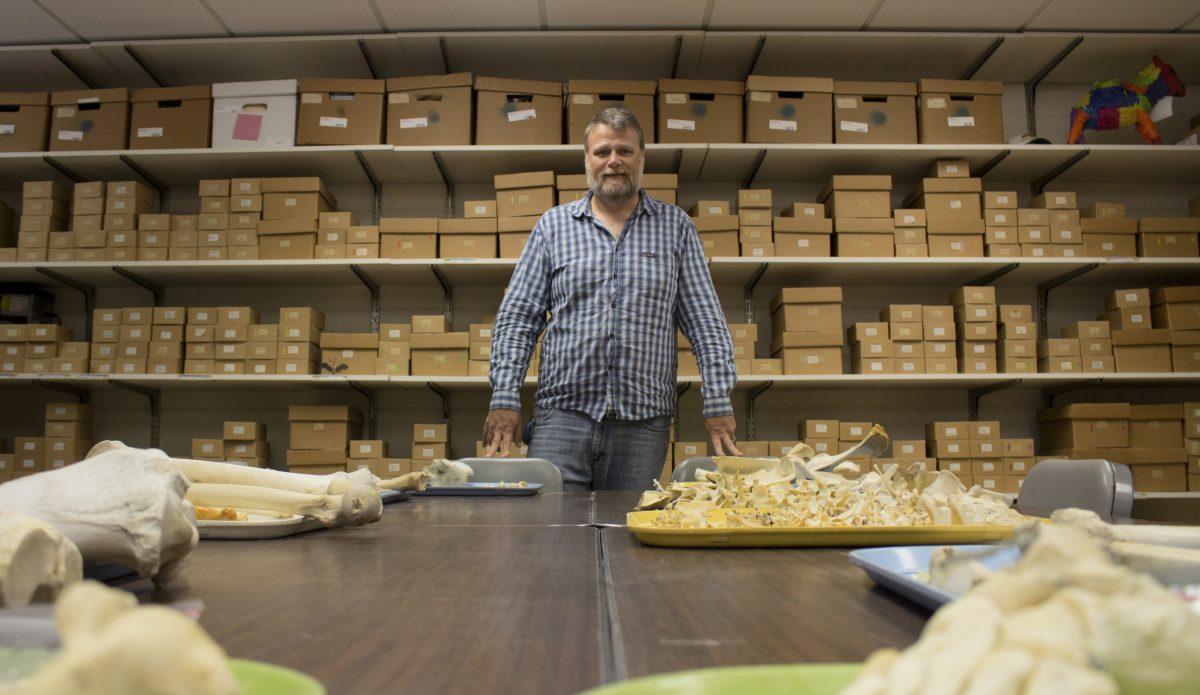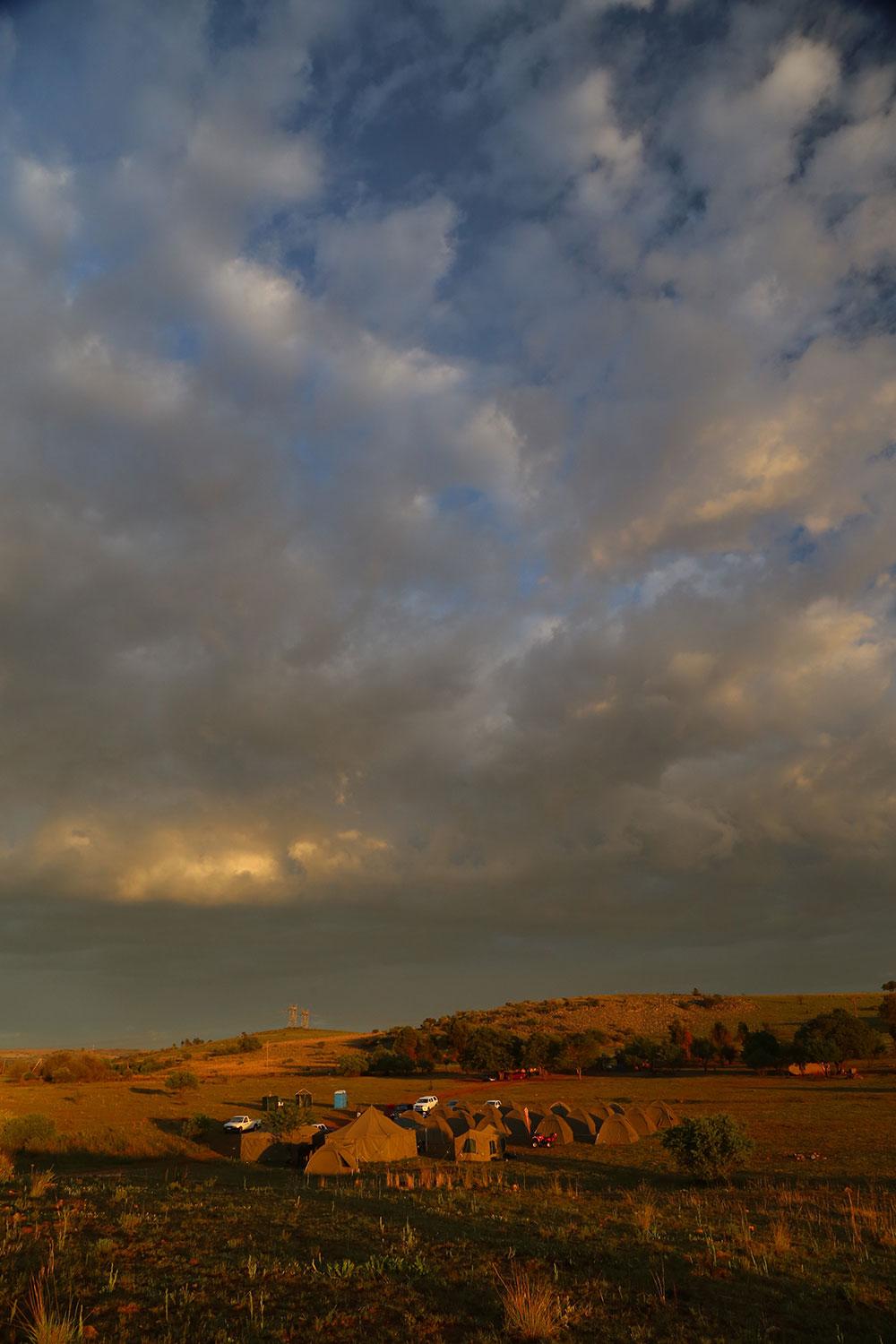An A&M professor played a part in discovering a newly revealed man-like species.
Darryl de Ruiter, anthropology professor, was part of a small team that uncovered the never-before-seen species, Homo naledi, in a cave outside of Johannesburg, South Africa, back in 2013.
After establishing connections with locals who alerted de Ruiter and the team about the bones, the group uncovered the remains of at least 15 individuals in the cave. The discovered remains included features of both modern humans and non-human apes.
de Ruiter said when the local spelunkers discovered the cave, they knew it was special.
“As more and more material came out, it became obvious that it was not someone we’ve ‘met’ before,” de Ruiter said. “We’ve got the remains of at least 15 individuals and there’s going to be a lot more.”
Juliet Brophy, Class of 2011 and member of de Ruiter’s team, was a part of the ‘tooth booth,’ where she helped describe and analyze the teeth found to determine the taxonomic identity of the species. Brophy said before going down to see the assembly of the species, they had no idea what they were going to find.
“I suppose we had an idea that it was likely the genus Homo or the genus Australopithecus but we had no idea about the species until after we examined and analyzed the specimens,” Brophy said.
Among the 15 skeletons, the team discovered five skulls and enough teeth for 15 individuals, de Ruiter said. Some of the skulls were missing a fragile mid-face region that breaks easily, and de Ruiter said they hope to find more as excavation continues.
Brophy said it was thought that a species’ large brain size correlated with a smaller tooth size, but this new species has both small brain and teeth.
“The evolutionary pattern is different than we expected,” Brophy said. “Ultimately, I think the discovery is going to change our definition of the genus Homo.”
de Ruiter and he and the team still have a long way to go with excavating the cave because the entrance is only 8 by 12 meters. de Ruiter said there appears to be plenty of remains left, and every time the excavators dug around one piece of bone, they would find another.
“Everywhere you step there’s bone, everywhere you look — 1,500 specimens in an area one meter by one meter by maybe 30 centimeters deep,” de Ruiter said. “It varies depending on where you’re digging, but there’s more bone than there is sediment.”
Ted Goebel, A&M Anthropology Department head, said this discovery is beneficial to Texas A&M. Goebel said de Ruiter’s work brings a lot of good publicity to A&M and the Anthropology Department.
“For the university that’s always a big deal because the university wants to show that it is actually producing scientific research that is being recognized around the world as highly significant,” Goebel said.
The discovery will also be featured in the monthly “National Geographic” magazine in October.





















